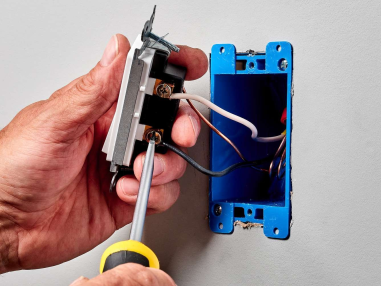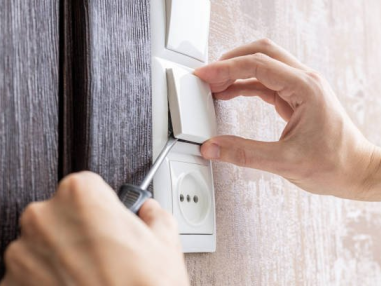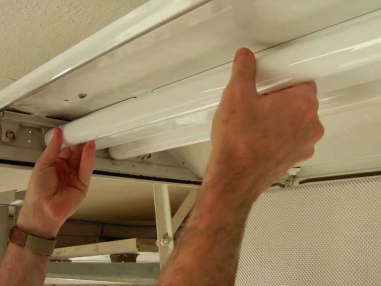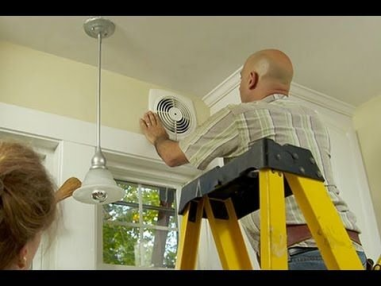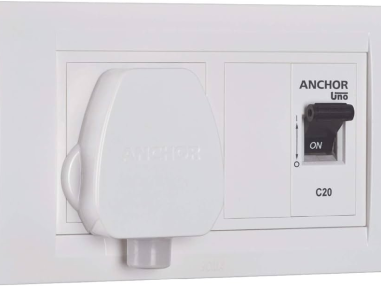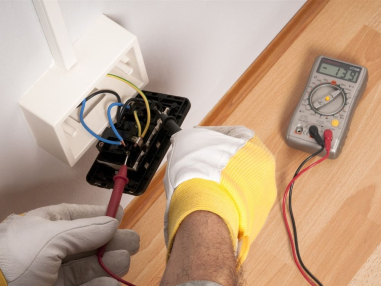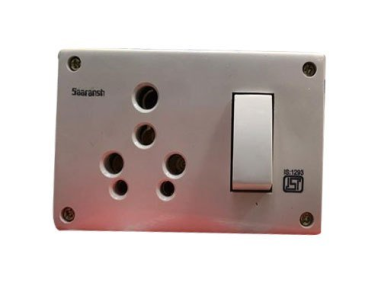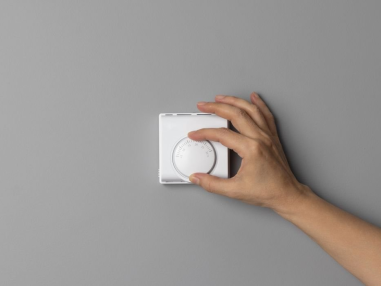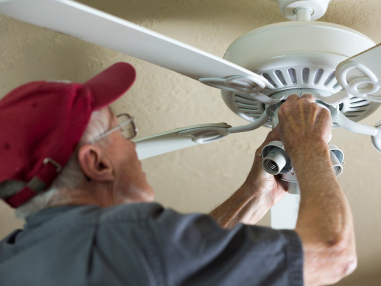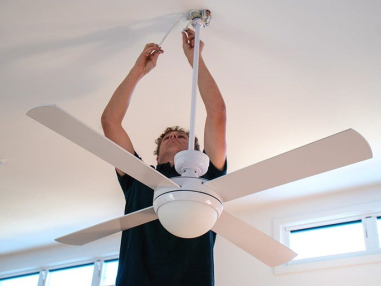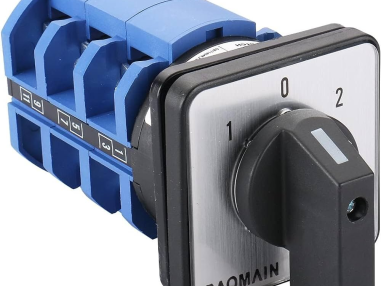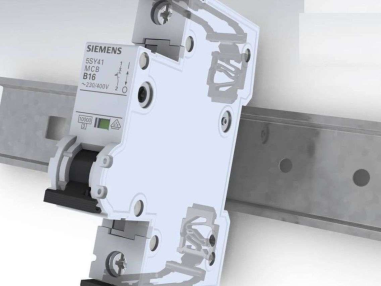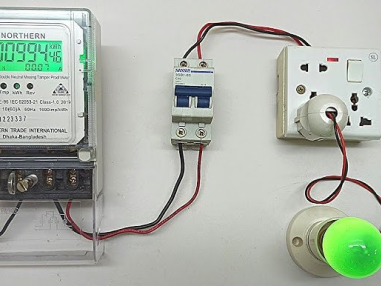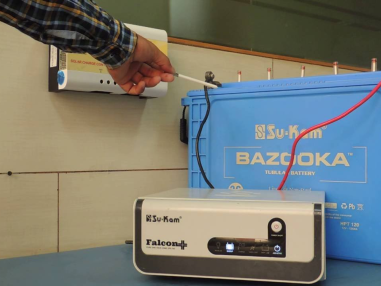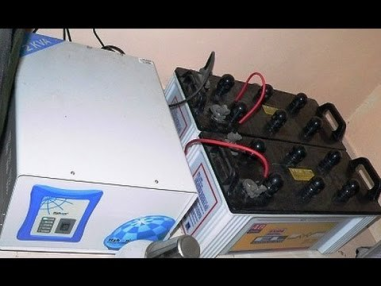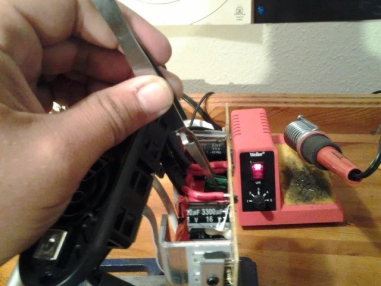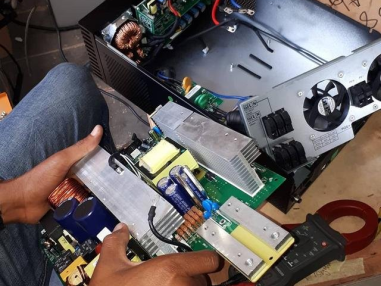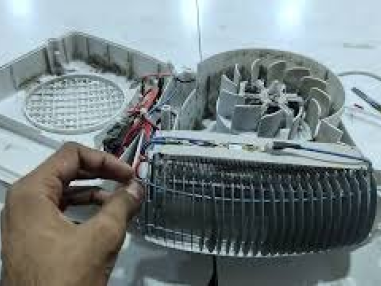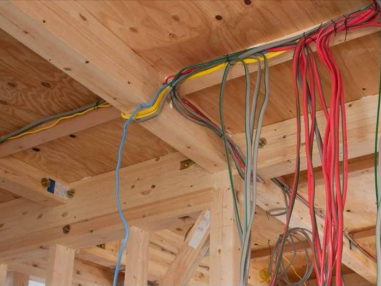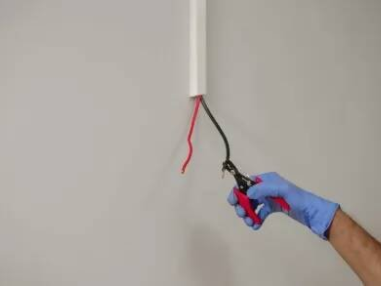
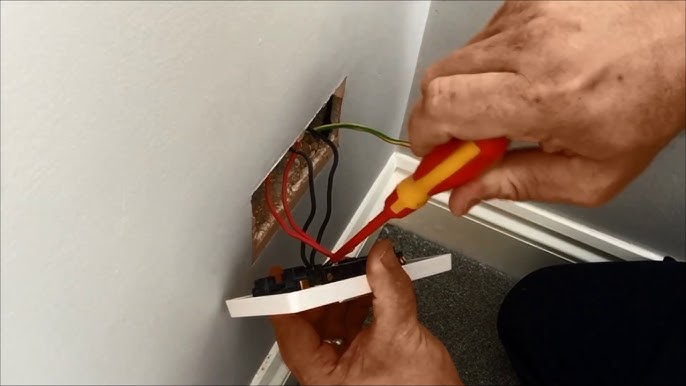
Replacing a switch or socket but it's important to prioritize safety. Here's a breakdown of the process to help you decide if it's a task you're comfortable with:
Safety First:
Turn off the power: Always turn off the power to the circuit controlling the switch or socket at the breaker box before starting any electrical work. Use a voltage tester to confirm the power is off before proceeding.
Know your limits: If you're uncomfortable with electrical work, it's best to hire a licensed electrician to ensure safety and proper installation.
Tools and Materials:
Screwdriver (appropriate for the switch/socket screw type)
Replacement switch/socket (ensure compatibility with your wiring)
Wire stripper (optional, but recommended)
Electrical tape
Steps (Similar for Switches and Sockets):
Remove the cover plate: Use the screwdriver to remove the screws holding the cover plate on the switch/socket.
Remove the switch/socket: Once the cover plate is off, you'll see the switch/socket itself. There will likely be screws holding it in place. Unscrew them carefully and gently pull the switch/socket out of the electrical box.
Disconnect the wires: There will be wires connected to the terminals on the back of the old switch/socket. These wires will likely be different colors (black, white, red, or copper). Note the color and position of each wire before disconnecting them. You can take a picture or sketch a diagram to ensure you reconnect them correctly to the new switch/socket.
Optional: If you're not comfortable with memorizing the wire positions, use the wire stripper to carefully remove a small amount of insulation from each wire to expose more metal. Twist the exposed ends of each wire together tightly and wrap them with electrical tape to prevent them from shorting out.
Connect the wires to the new switch/socket: Match the colored wires from the old switch/socket to the corresponding terminals on the new switch/socket. Most switches and sockets will have screws to tighten the wires down. Tighten the screws securely but don't over-tighten.
Install the new switch/socket: Carefully push the new switch/socket back into the electrical box and secure it with the mounting screws.
Attach the cover plate: Reattach the cover plate to the switch/socket and secure it with the screws.
Turn on the power: Turn the power back on at the breaker box and test the switch/socket to ensure it functions properly.
Additional Tips:
If your switch/socket has more than two wires (e.g., a dimmer switch), consult a qualified electrician for replacement.
If you're unsure about any step in the process, err on the side of caution and hire a licensed electrician.
Make sure to replace the switch/socket with one that has the same amperage rating as the old switch/socket.
Don't overload a circuit by connecting too many devices to a single switch/socket.
